Main Menu
- EnvironmentHealth
Main Menu
- EnvironmentHealth
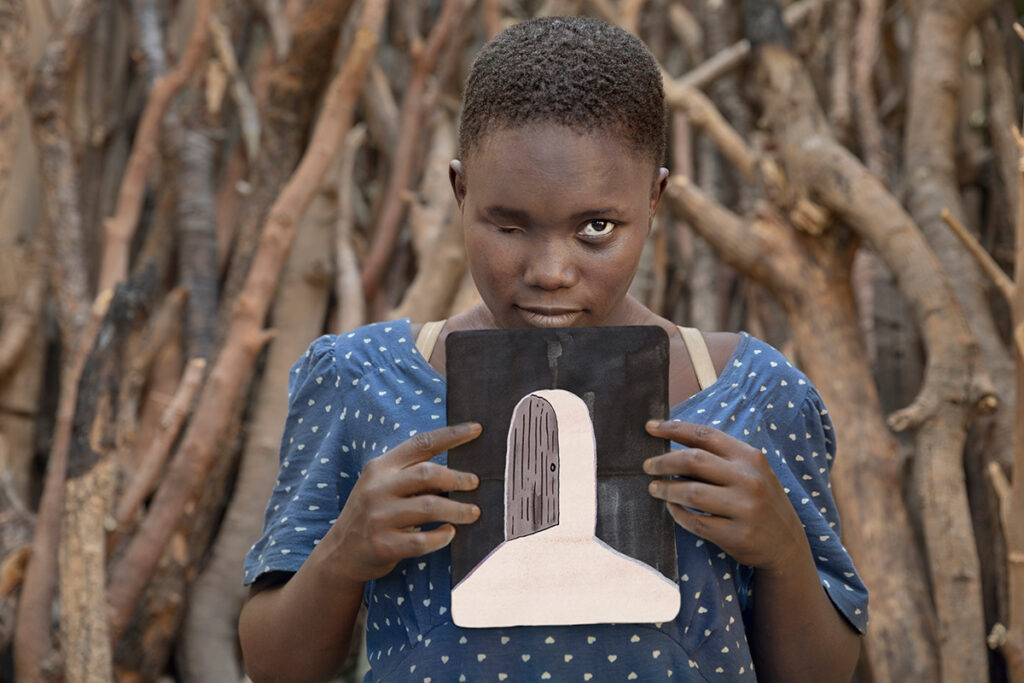
Modern Slavery
“No one shall be held in slavery or servitude; slavery and the slave trade shall be prohibited in all their forms.”
Article 4 of Universal Declaration of Human Rights of 1948
Human trafficking for exploitation is a modern form of slavery and an appalling violation of human rights, especially when it affects the most vulnerable members of society: children. West Africa is the region with the world’s highest rate of child trafficking.
What happens after a child in slavery escapes? How are their broken childhoods rebuilt? Is there a way out?
This documentary project documents the experience of thousands of children who are bought and sold as slaves in West Africa, the region with the world’s highest rate of child labour. Her work shows that there is a way out for these victims of modern slavery, a “back door” which some of them manage to find, open and step through to live their lives in freedom.
*In collaboration with: Salesian Missions, the Carmelite Sisters of Charity Vedruna and Mensajeros de la Paz.
Big thank you to UNICEF that has collaborated in the photo exhibition.
**The project is supported by: Grupo Henneo, Gesplaza 14, Fundación Tervalis, Anagán, Fundación Kyrene, Fundación Mémora and Saphir Parfums.
Big thank you to Deluxe Spain that has supported the film documentary.
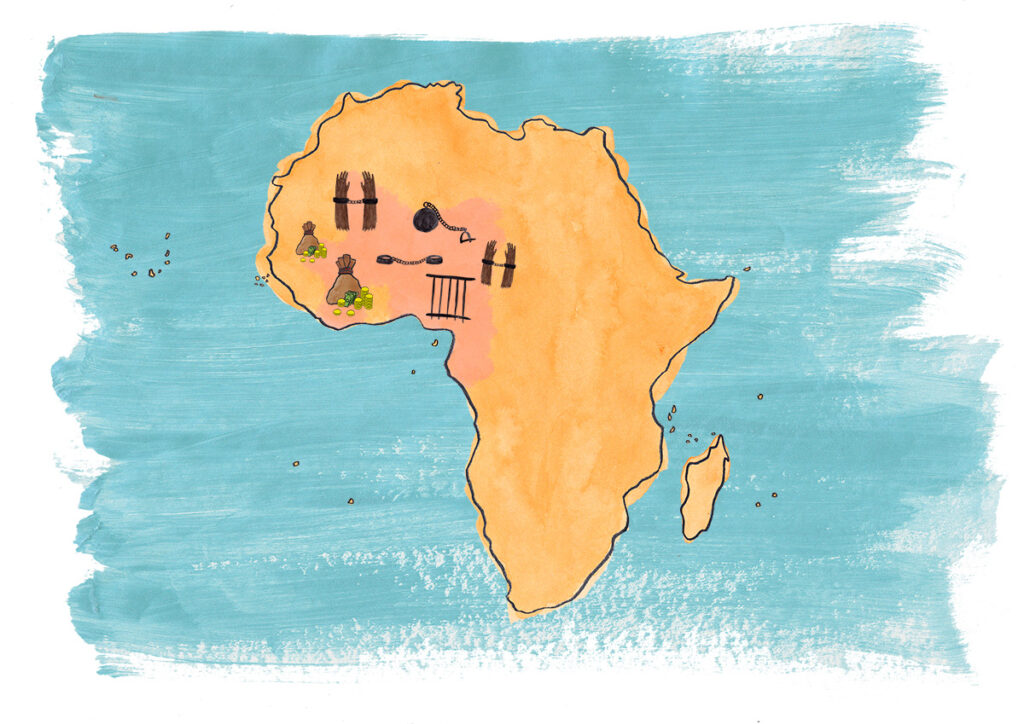
“For many centuries, this region was the heart of the slave trade.
Today things have changed, but traditional practices and social perception with regard to children have not. It’s sad, but the truth is that sending a child from a poor home to a rich family is still considered part of tradition in the countries of origin, and now we
know that the Convention on the Rights of the Child states that the primary responsibility for the development, protection and education of a child lies with the family and the country of origin.
However, the population is ignorant of this. The Convention on the Rights of the Child is very clear. UNICEF’s mission is to remind the communities of origin, destination and transit that the rights of the child must be respected, and that it is in children’s best interest to be raised in their own community and with their own family, however limited their resources. There is no better place than their own home. And that is our struggle.”
Michel Ikamba, Chief of the Child Protection Section of the UNICEF Gabon Country Office.
Illustration: Andrea Trigo for “Slave Children: The Back Door” project.
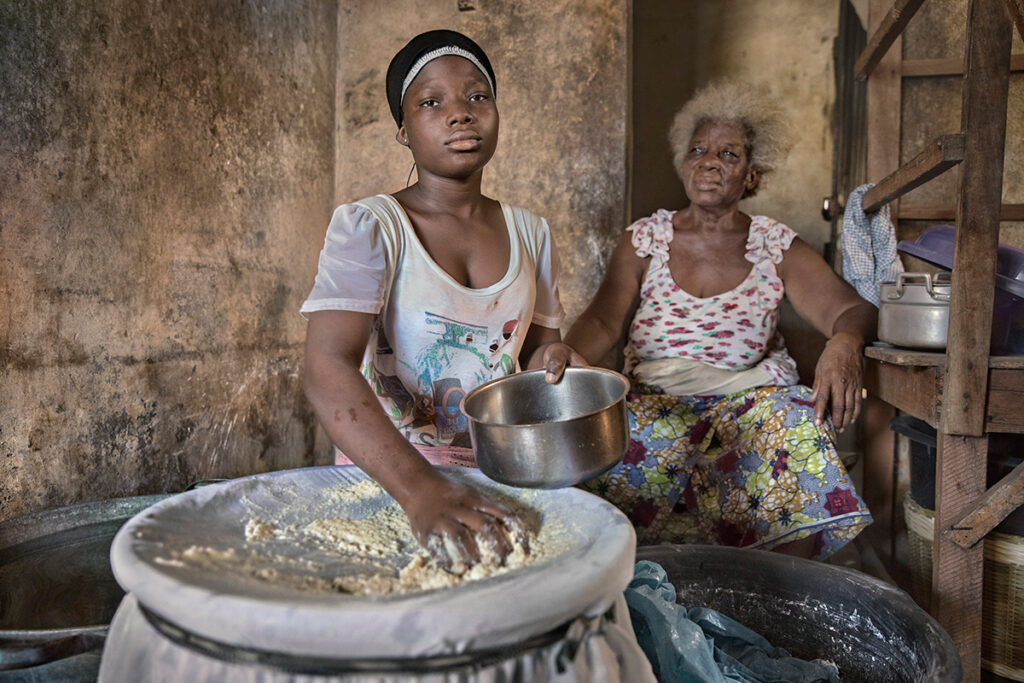
Blessing is a fifteen-year-old orphan. She makes cassava paste to trade for food and a floor to sleep on. Some days her mistress gives her an hour off to go to a child protection centre, where she’s learning to read and write. The centre’s ultimate goal is to give child slaves the means of escaping from exploitation.
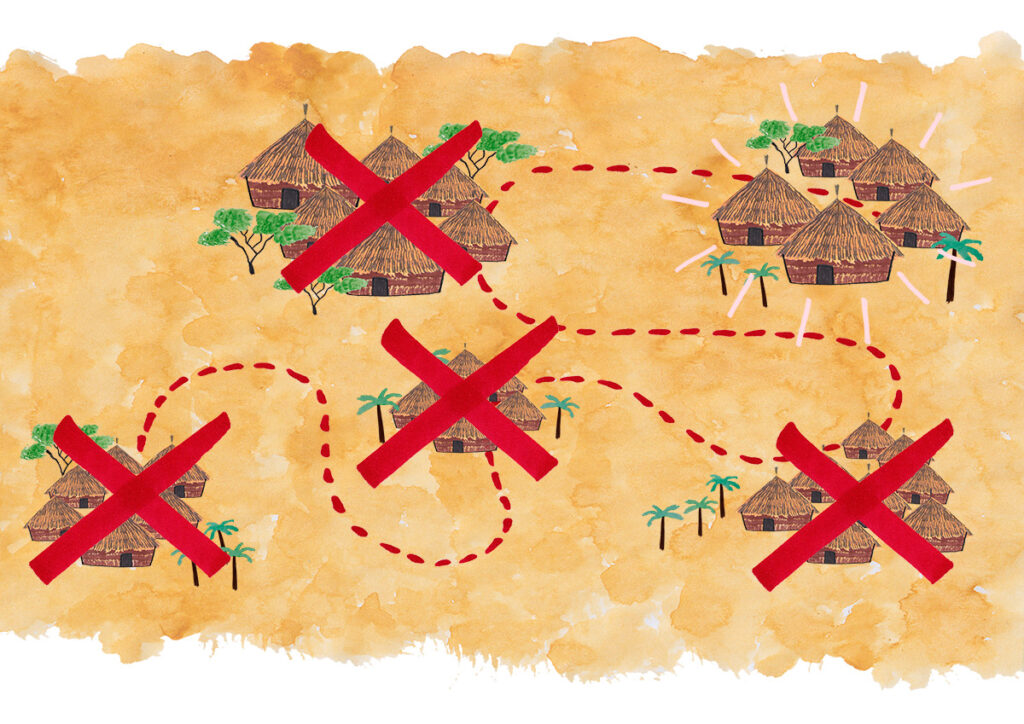
Each state considers implementing measures against trafficking in minors with the help of NGO and civil society. They ensure the integral protection of children who have been rescued, attending to their physical, psychological and social recovery by supplying a home, medical attention, psychology and material; and facilitating access to education and job opportunities. They also carry out an exhaustive search for family and analyse alternatives for reinsertion in society.
Illustration: Andrea Trigo for “Slave Children: The Back Door” project.
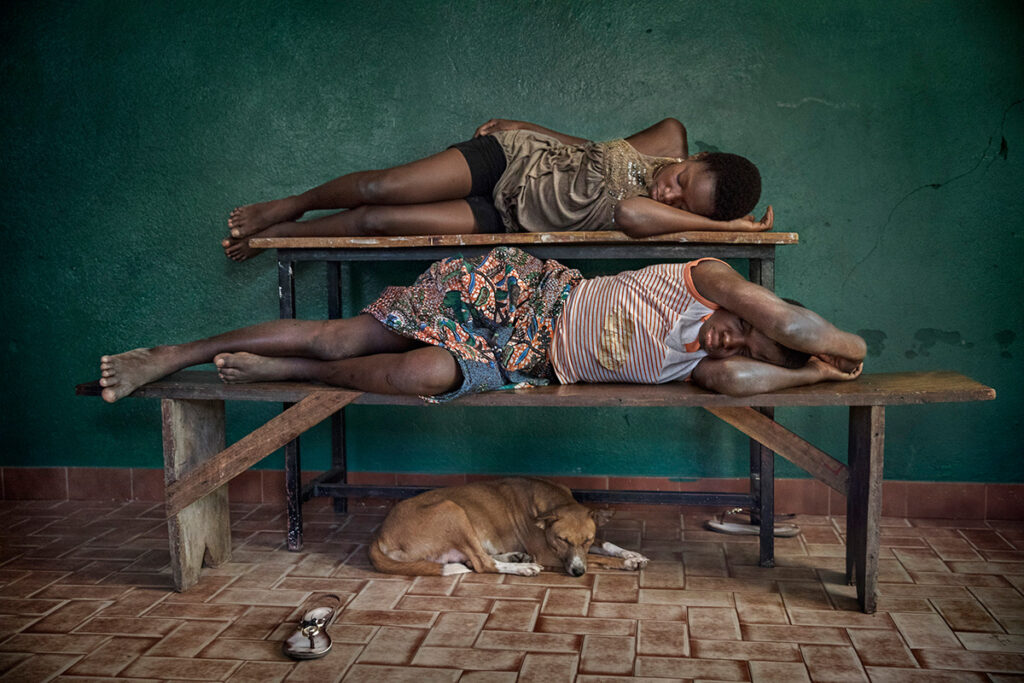
Le Ciel and L’Amour can finally rest and relax. At this reception centre, they feel safe. Before coming here they lived on the streets, in a perpetual state of fear. They slept out in the open and knew that they were vulnerable to any type of aggression, easy prey for thieves and rapists.
As in 2023, about 160 million children around the world are engaged in child labour, working in jobs that deprive them of their childhood, interfere with schooling, or harm their mental, physical, or social development, according to International Labour Organization (ILO).
72 million of which are in Africa, primarily in Sub-Saharan countries.
19,6 % of African minors–one out of every five–live in some form of slavery, the highest prevalence of child labour in the world.
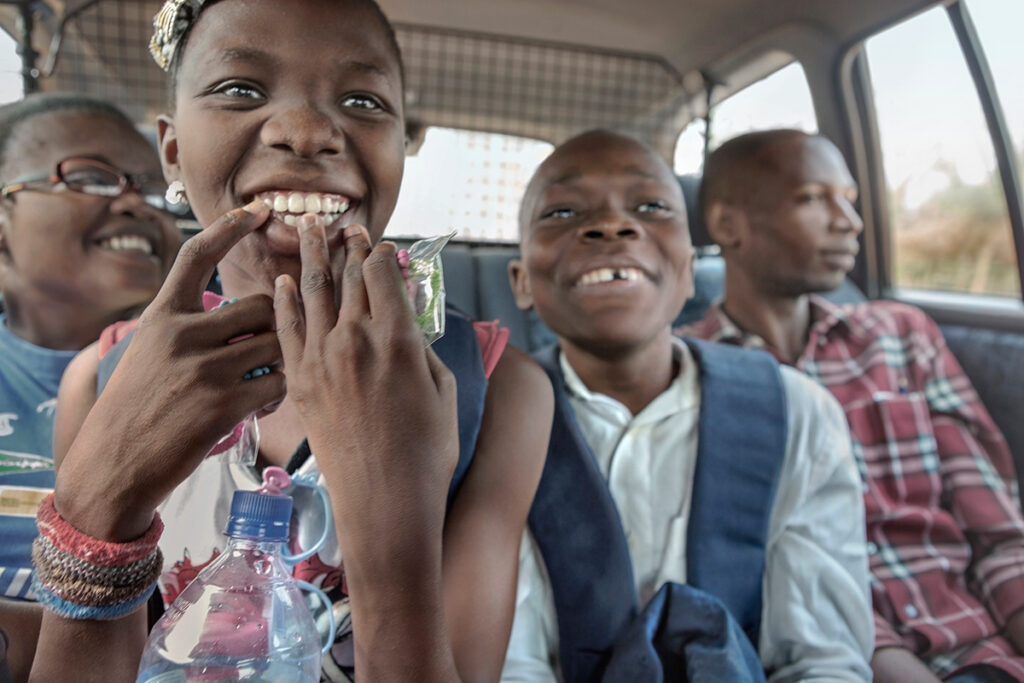
From the car, Lavande and Marron glimpse the entrance to their village, Sedje Denou in Benin. When they left, they didn’t know they would end up being sold as slaves in Nigeria. Marron worked for a time at a biscuit stall until his masters, during one of many beatings, struck his head with a metal rod and he decided to run away.
Now, following their rehabilitation at the reception centre, the two are ready to go home. After several conversations with educators at the centre, their families have agreed not to resell them.
Slave children: the back door.
Documentary Trailer
Photography and video
Ana Palacios
Trailer Editor
Iván Castell
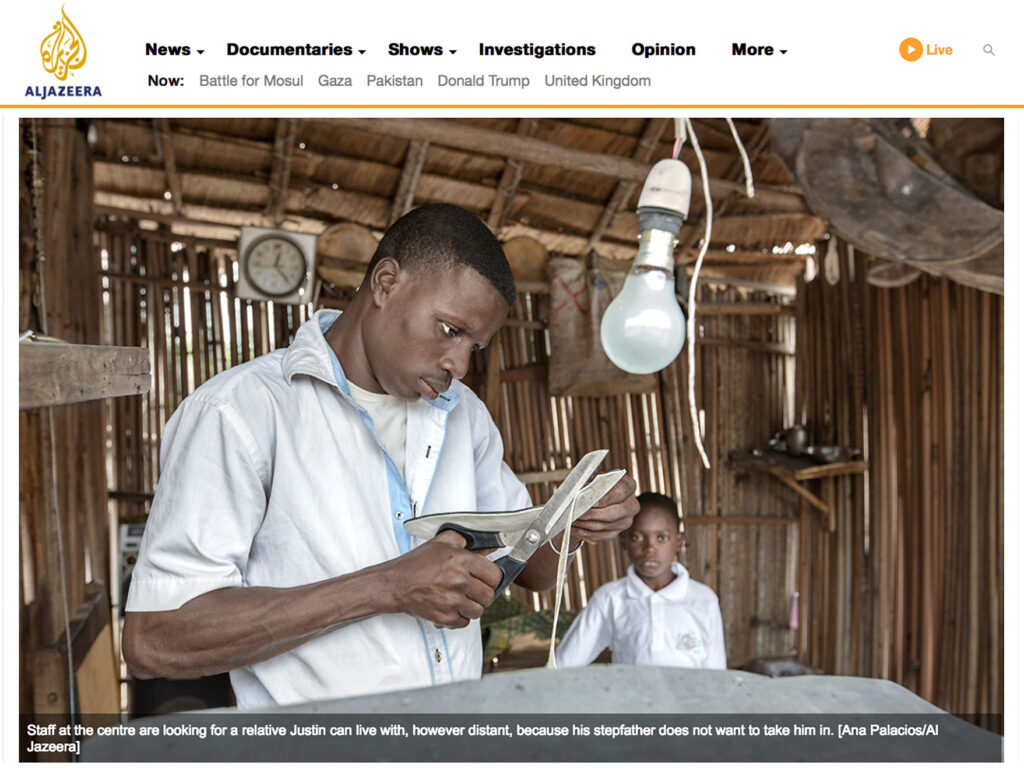
Aljazeera – The return of a child slave. March 27th, 2017
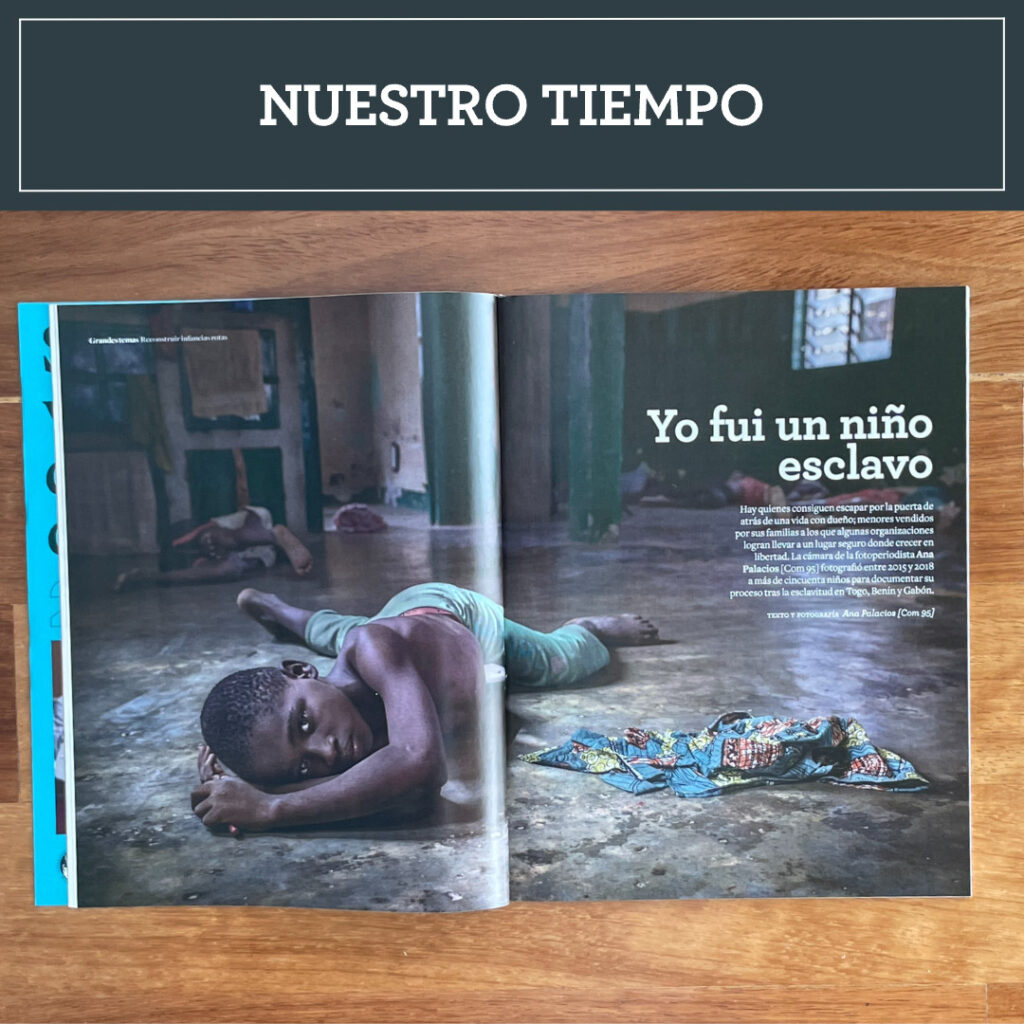
Nuestro Tiempo – I was a child slave. Winter 2020
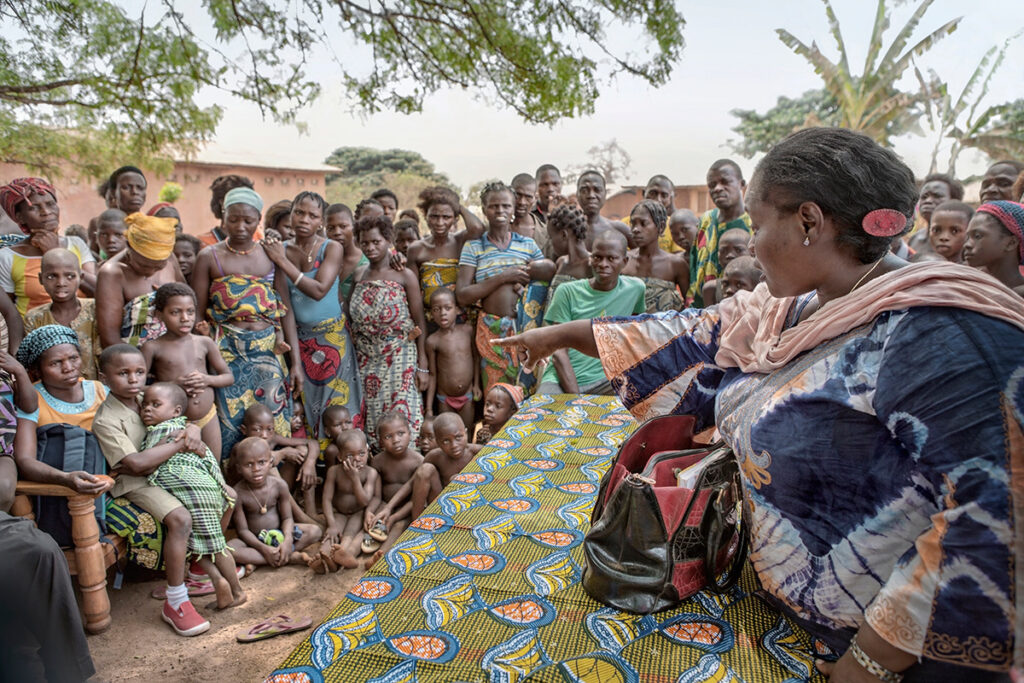
Sitting on his mother’s lap, Indigo hugs his brother, who was a new-born baby the last time he saw him. Reuniting children with their families is conducted as an official public event, where the village chief tells the child’s story to warn the community of the consequences of selling their sons and daughters. In this way, if the family breaks their promise and sells or exploits the child again, the neighbours can report them.


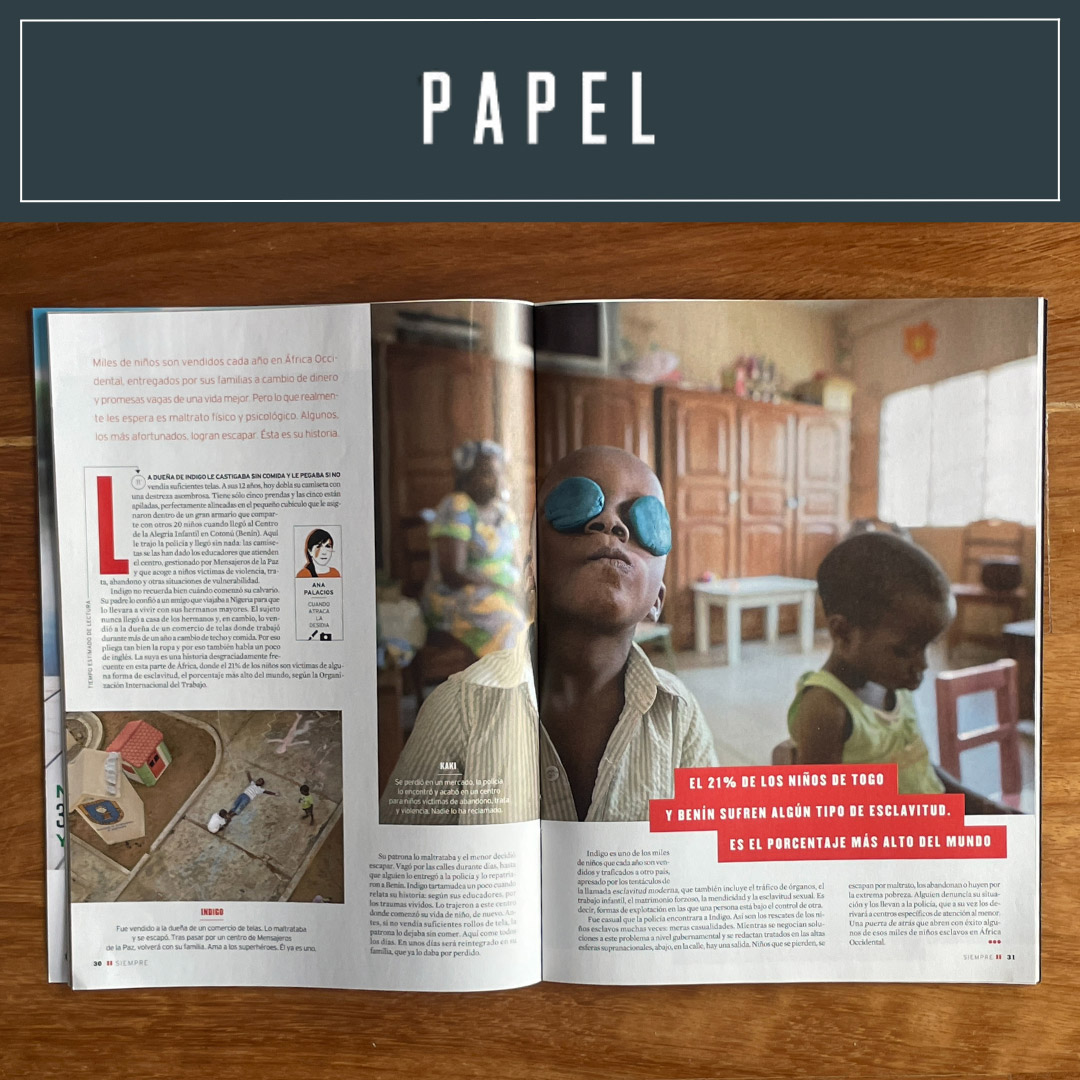
Papel – La nueva vida de los niños esclavos (The new life of enslaved children). July, 2017
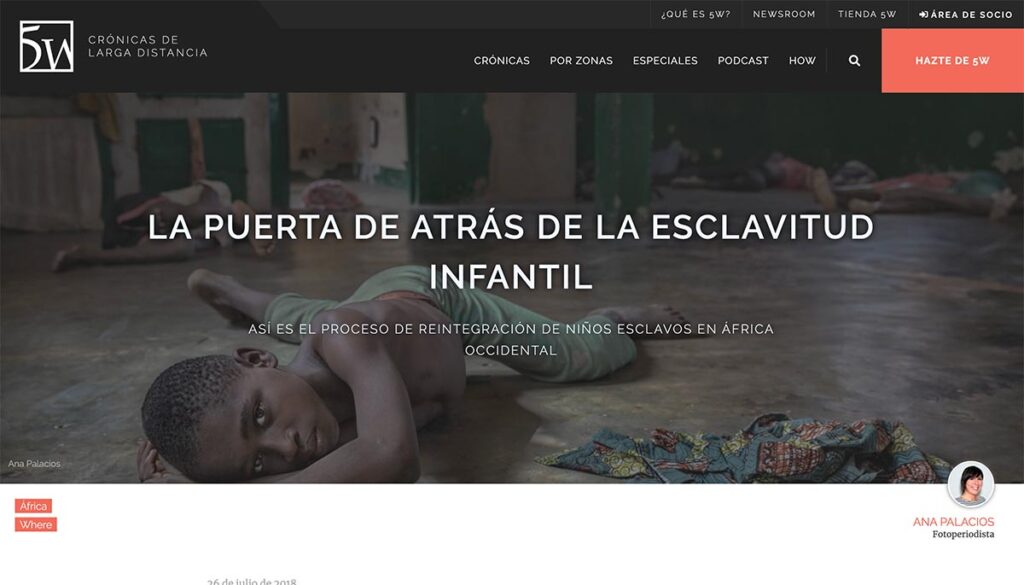
5W – The back door of children enslavery. July, 2018
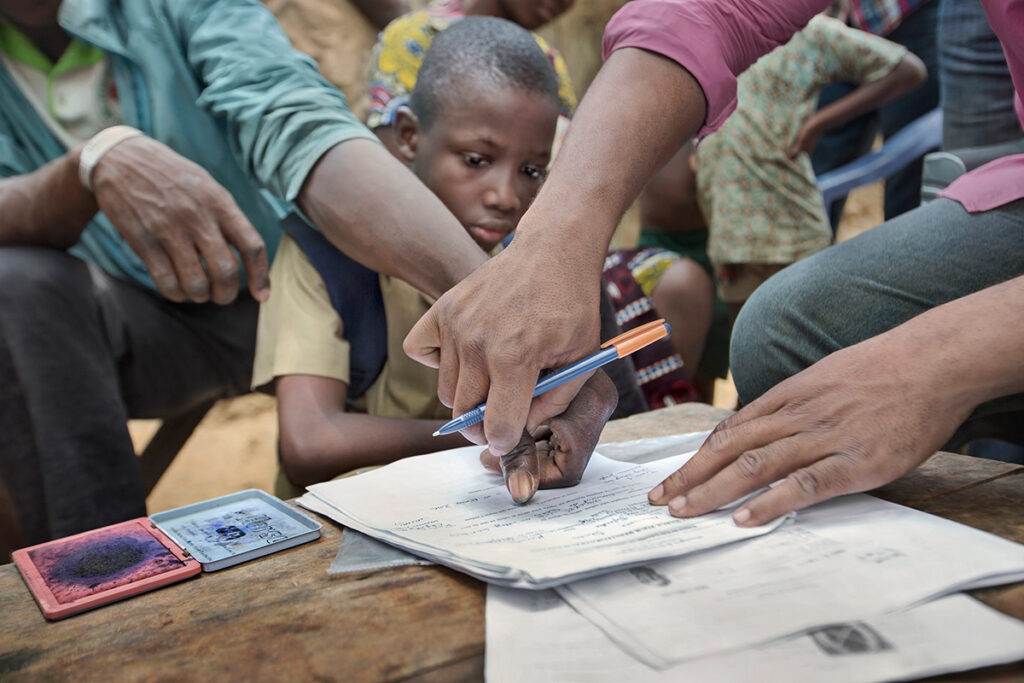
As Grenat’s father doesn’t know how to write, he uses his thumbprint to sign the agreement to take his son back in the presence of the entire village. To end child trafficking, governments, NGOs and society as a whole must be committed to a vital task: convincing peasants, potential slave owners–such as marketplace merchants–and the general populace that selling minors is illegal and violates the fundamental rights of the child.


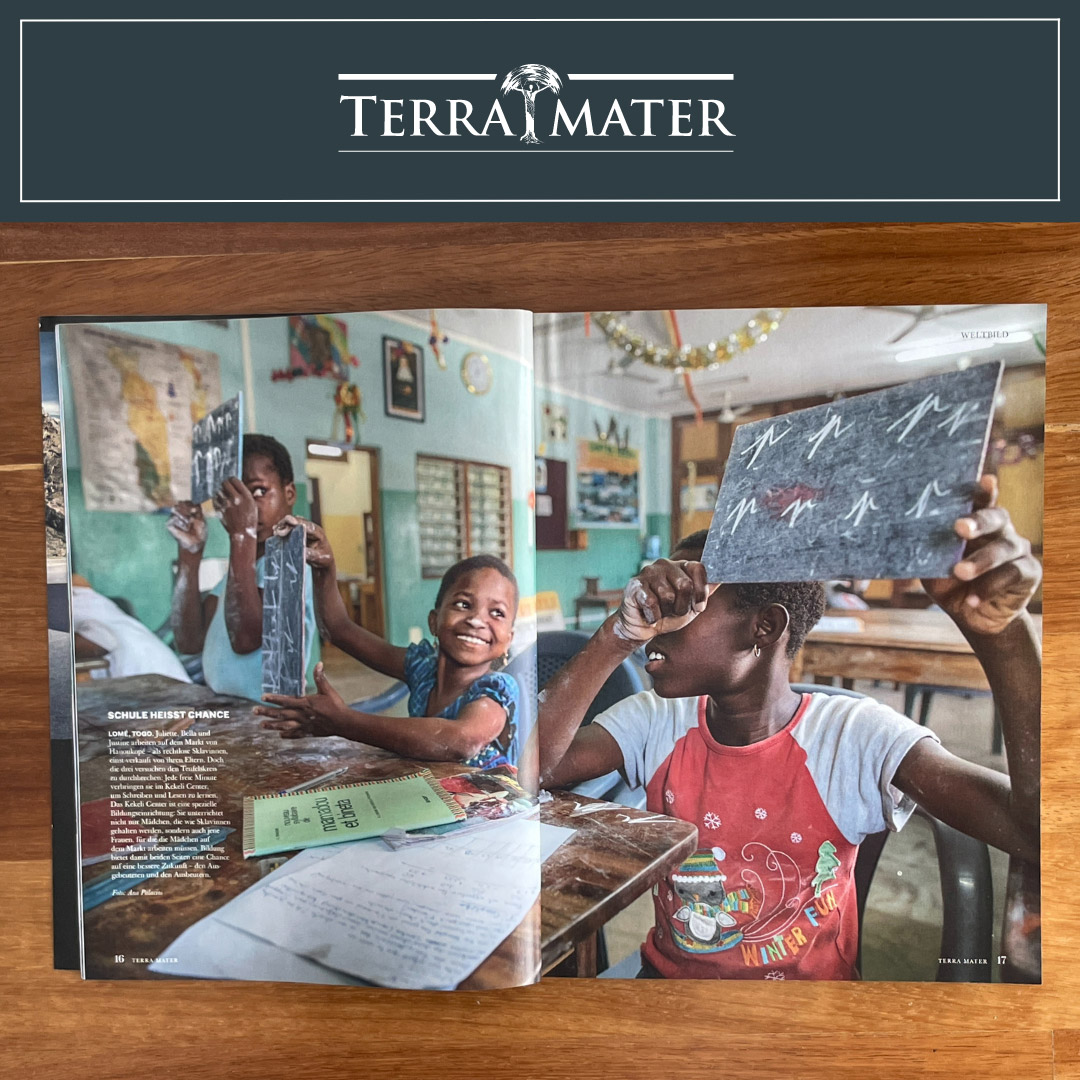
Terra Mater – Schule Heisst Chance (School Means Opportunities). April, 2018
Niños esclavos. Exposición. TVE1
Photography
Ana Palacios
If you have made it this far and you enjoyed it, you should know there is an exhibition available of this project.
Please, feel free to contact me@ana-palacios.com for further details.
Niños esclavos. La puerta de atrás
Museo Misiones Salesianas. Madrid.
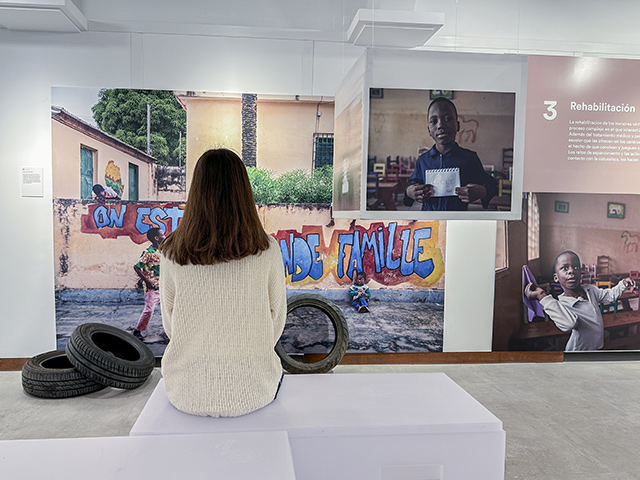
La habitación de juegos
Galería Luis Burgos. PhotoEspaña. Madrid.
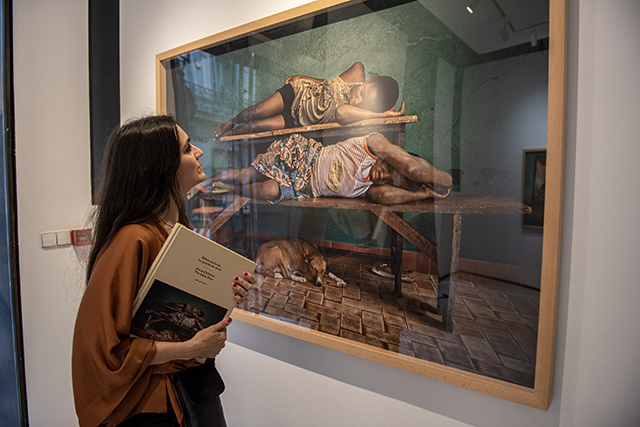
Creadores de Conciencia
Collective exhibition. Cultural Center La Asunción at the Photo Festival Miradas. Albacete.
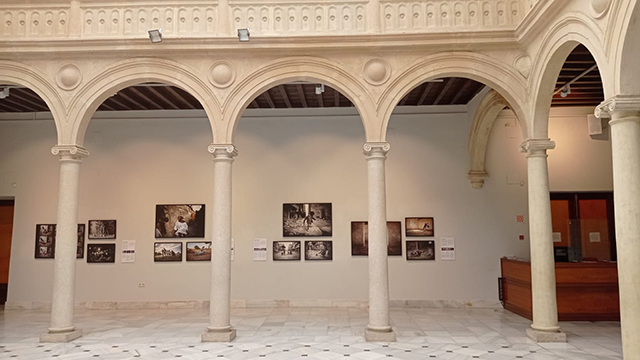
Creadores de Conciencia
Collective exhibition. Auditorio de Galicia. Santiago de Compostela.
Global Peace Photo Award
Collective exhibition. Willy-Brandt-Haus. Berlin, (Germany).
Creadores de Conciencia
Collective exhibition. Okendo K.E. San Sebastián.
Creadores de Conciencia
Collective exhibition. Archivo Municipal. Málaga.
Cinco miradas, cinco fotógrafas
Collective exhibition. Cultural House Teodoro Cuesta. Mieres, Asturias.
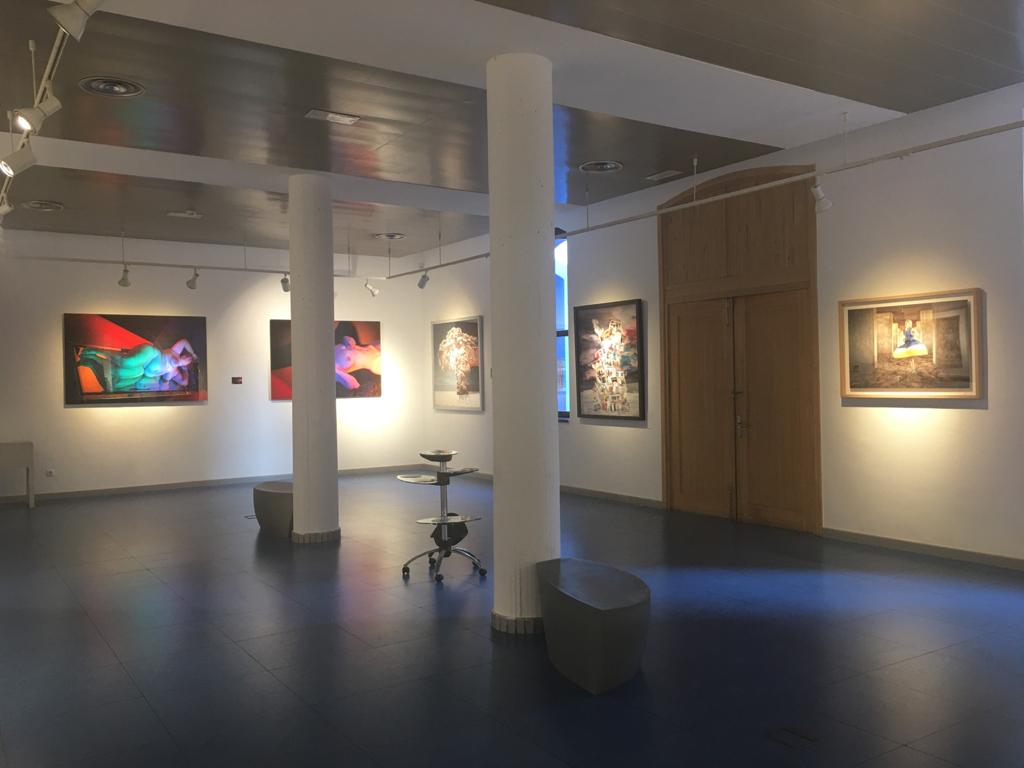
Creadores de Conciencia
Collective exhibition. Museo Barjola. Gijón.
Creadores de Conciencia
Collective exhibition. La Lonja. Zaragoza.
International Photography Awards (IPA). Annual Best of Show Exhibition
Collective exhibition. House of Lucie. Los Angeles (USA).
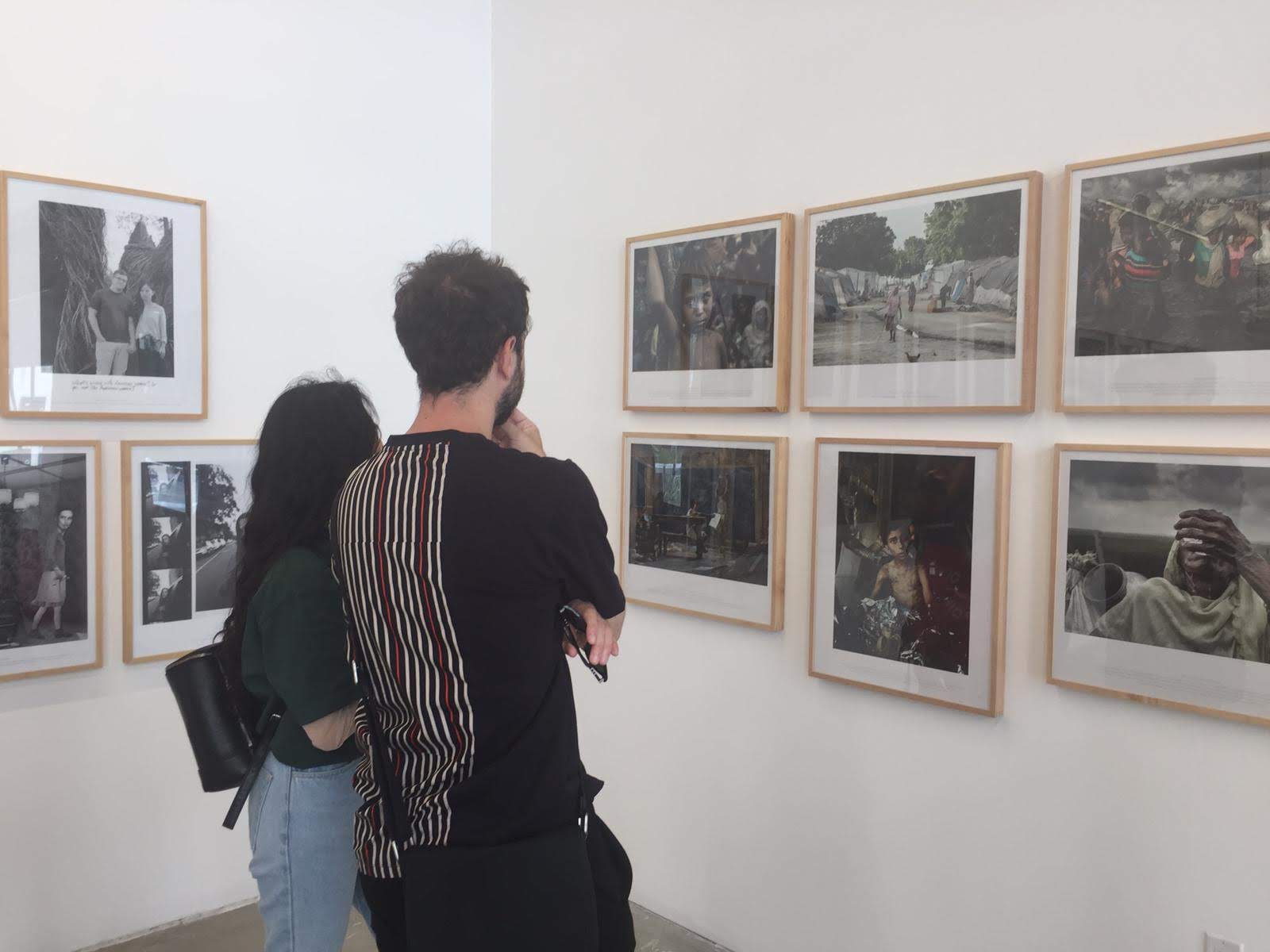
Mujeres fotógrafas aragonesas
Collective exhibition. La Lonja. Zaragoza.
Book signing “Slave Children: The back door”
Visa pour l’Image festival. Perpignan. (France).
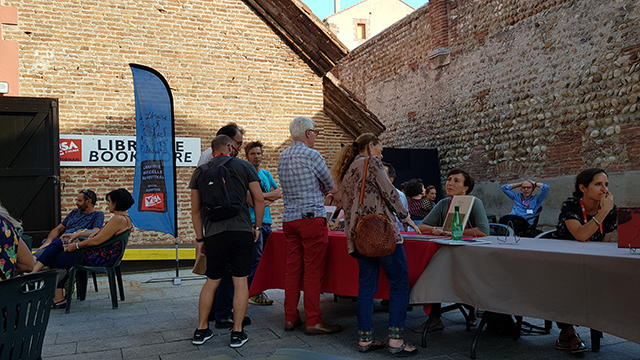
16th Annual Lucie Awards
Collective exhibition. Splashlight Studios. New York (USA).
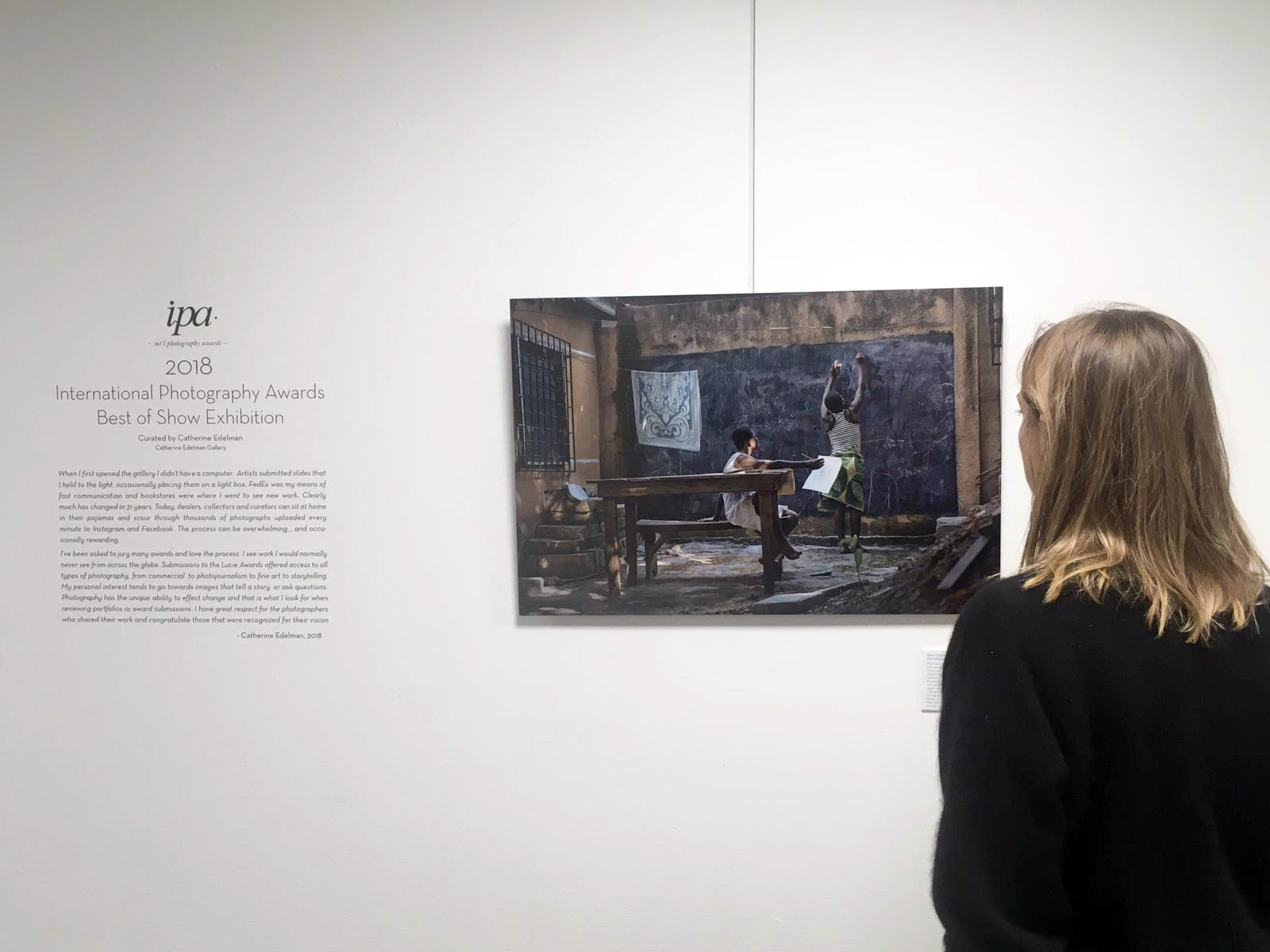
Creadores de Conciencia
Collective exhibition. Palau Robert. Barcelona.
Iguales en Derechos. Abogacía por la Igualdad
Collective exhibition. Ciudad de la Justicia. Valencia.
Iguales en Derechos. Abogacía por la Igualdad
Collective exhibition. Paseo de Recoletos. Madrid.
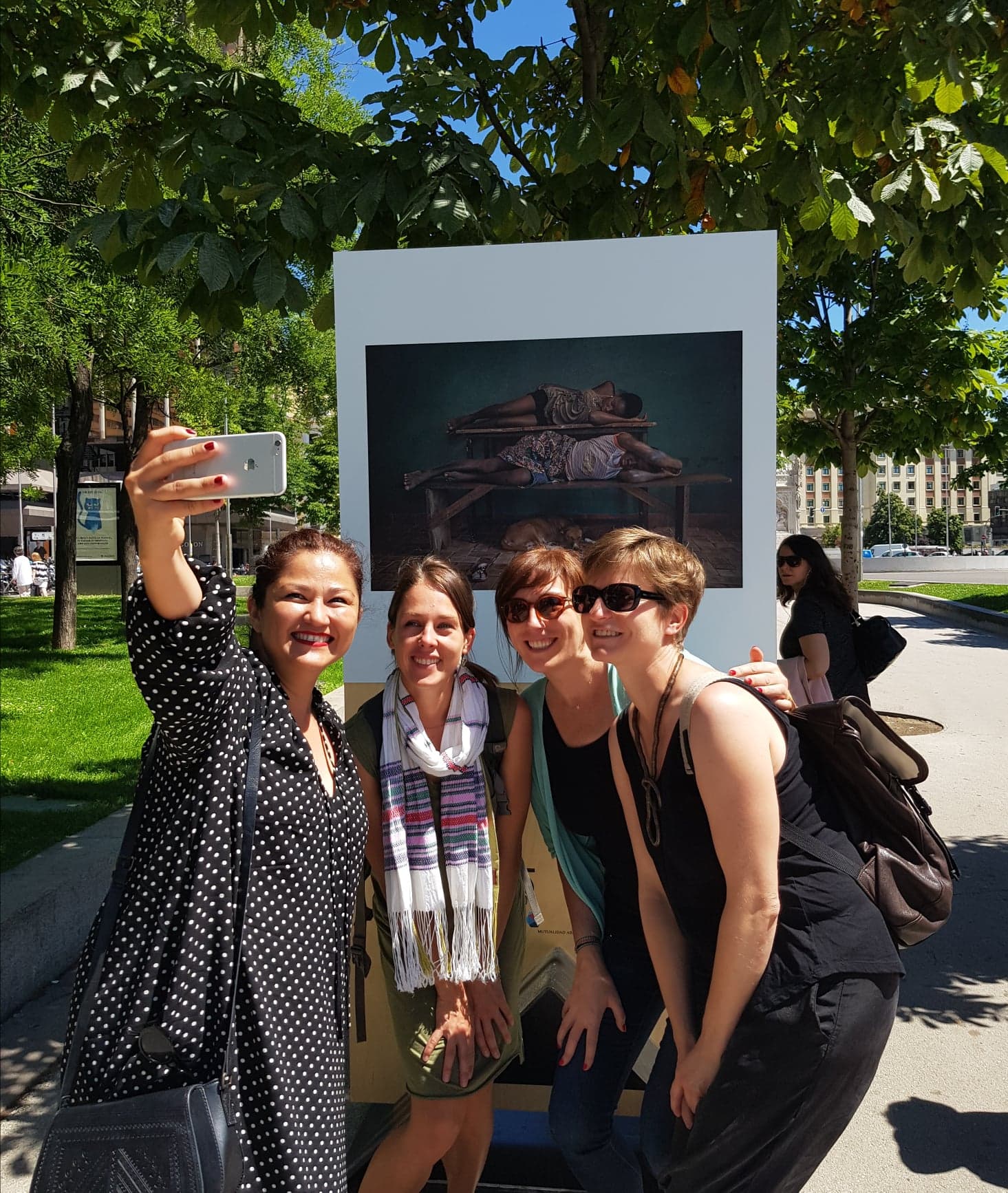
Iguales en Derechos. Abogacía por la Igualdad
Collective exhibition. Paseo del Urumea. San Sebastián.
Paraty em Foco Festival Internacional de Fotografia
Collective exhibition. Paraty (Brasil).
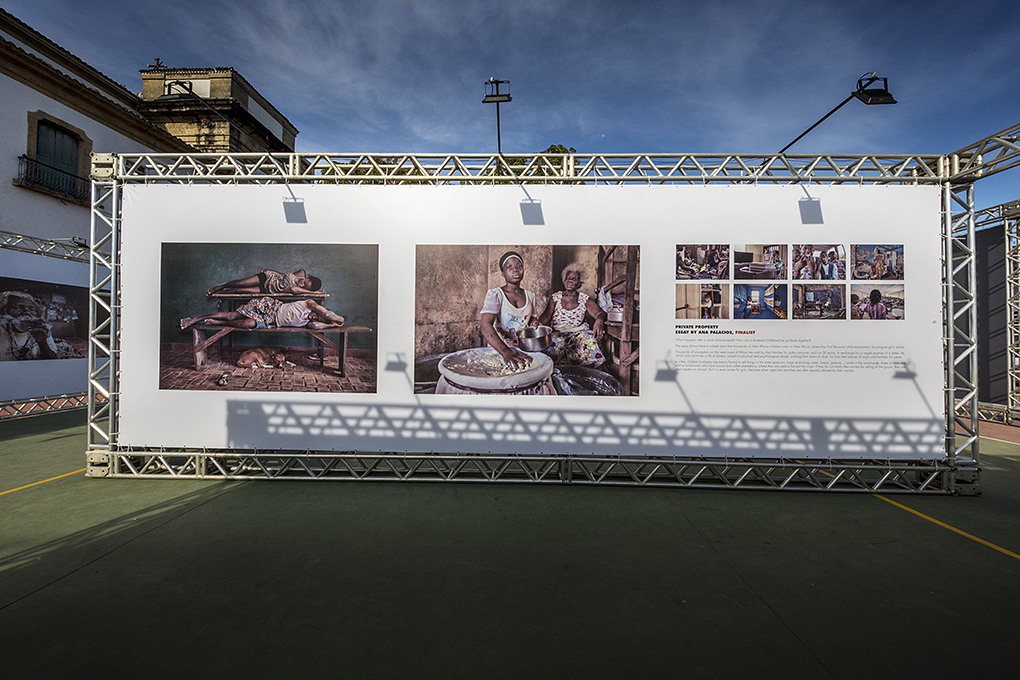
Alfred Fried Photography Awards
Collective exhibition. Austrian Cultural Forum. Rome (Italy).
Iguales en Derechos. Abogacía por la Igualdad
Collective exhibition. Muelle Calderón. Santander.